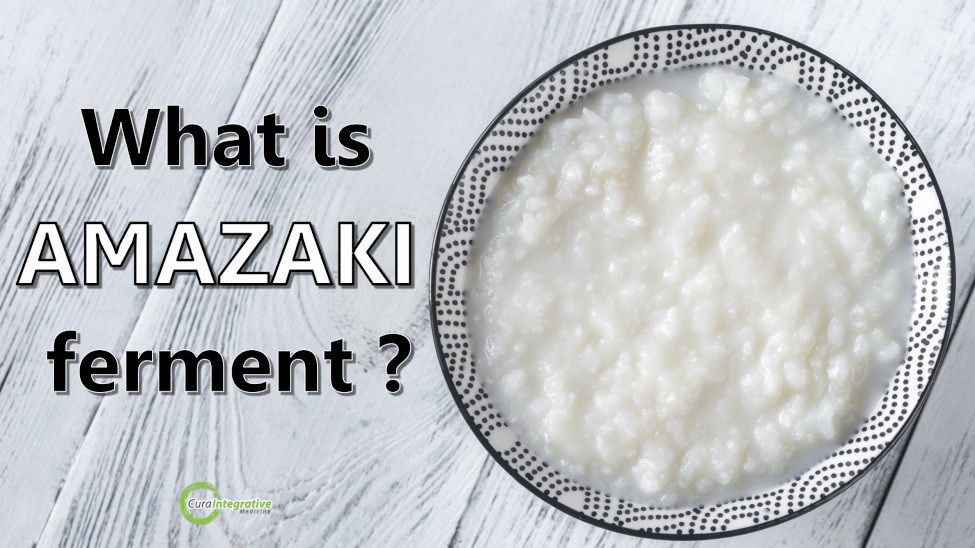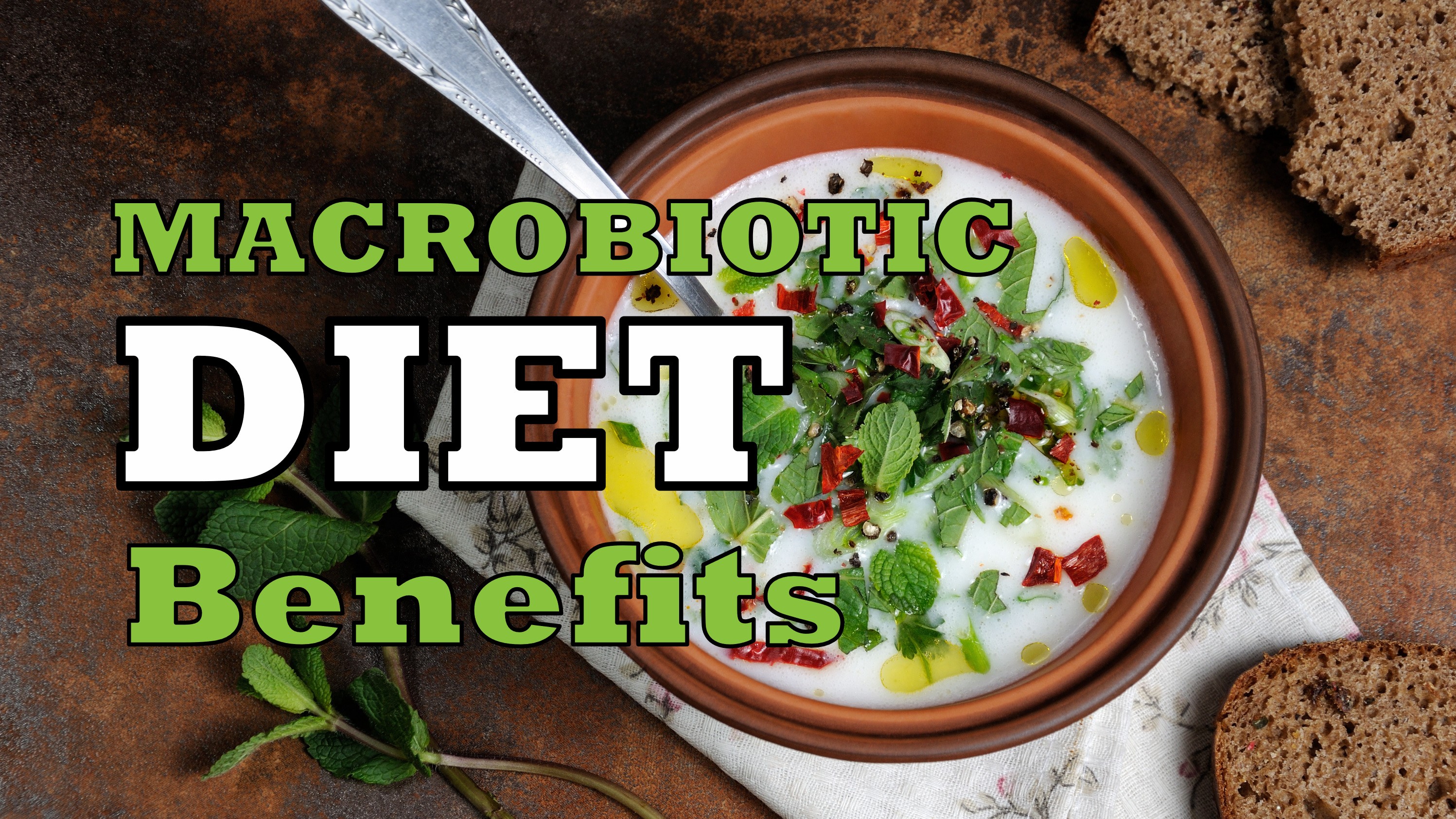Koji is a less known superfood found in a variety of macrobiotic foods. Containing Aspergillus oryzae, koji is used to make foods such as miso, amazaki and tamari. Read More…

Prebiotics and the Digestive Health
Posted 22 Jul '16
You must have heard a lot about probiotics. But do you know what prebiotics are and what the difference is between the two? Prebiotics are non-digestible carbohydrates and fibres that are fermentable. They stimulate the growth of good bacteria in our digestive systems, such as the Lactobacillus, and Bifidobacterium species. When prebiotics are fermented by microflora in our gastrointestinal tract, they produce short chain fatty acids, or SCFA. These fatty acids feed and nourish the cells along the intestinal lining.
Prebiotics are an integral part of the diet, as it has been shown to benefit the gut microbiota the most. Microbiota include a vast number of microbial organisms and live within the gastrointestinal tract. The help digest food, balance pathogens and modulate the immune system. Often in chronic diseases these changes in balance of microbiota can be seen within a comprehensive digestive stool analysis (CDSA).
The microflora, the immune defenses, and the physiological structure all work with each other, communicating in a symbiotic relationship, to protect the whole body. Prebiotics and probiotics together work to strengthen the internal terrain of the GIT and assist in the balancing of the system. Probiotics improve gastrointestinal health, by supplementing the body with good bacteria strains, and the prebiotic help feed the probiotics to support their work.
As prebiotics are fermented, resulting to SCFA, these acids become an energy source and improves the pH of the gastrointestinal pH. In turn, pathogenic organisms are reduced as the internal environment is modulated with optimal balance. SCFA can also reduce inflammation which exists in many autoimmune conditions, inflammatory bowel disease and even allergies.
Prebiotics have also been known to help in mineral absorption, especially of iron, calcium, vitamin D and magnesium.
IBS and gastrointestinal fungus like Candida
7 Essential Natural Tips to Overcome Constipation
Easy Fermented Beetroot For Probiotics





